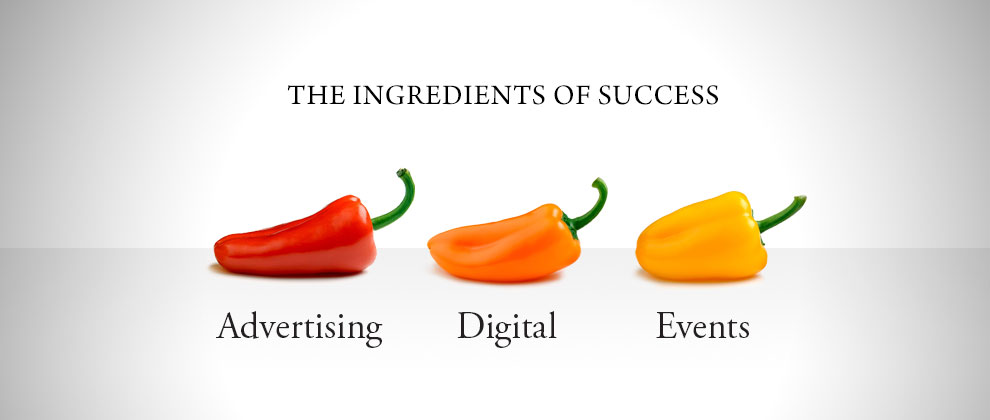Firstly a Share of Voice Definition: SOV is defined as an individual brand’s percent of the total spending for the category for a specific time period.
So does share of voice equal share of market? The short answer is, it depends. It depends on a few other variables according to Nielsen:
- Brand size: Larger brands have distribution, range, and pricing to help to maintain and increase share.
- Leaders vs. challengers: Challenger brands have to work harder than leader brands in terms of the approach they take in their advertising and its effectiveness
- New brands and new news: Introducing something new for the brand or category generally resulted in better results. Brands need news.
- Campaign quality: Campaign quality is the most significant driver of consumer-generated media and is important for traditional and new media.
I have experienced that it is possible to have a lower share of voice and still gain market share by having ad material that connects better, executing more exciting below the line programs, having a price advantage, superior customer service and generally owning the momentum through a combination of all the elements in the marketing mix.
In summary, many factors besides SOV contribute to increased market share including: brand size; life cycle stage; “newness”; campaign quality and the overall ‘buzzability’ of your brand.













